Are you still stuck between getting the M2-powered 13-inch MacBook Pro (2022) or the top-of-the-line 16-inch MacBook Pro (2021)? In this comparison, we pit Apple’s top-of-the-line laptop against one of its latest offerings. Let’s look at the different aspects of these two machines and discuss the defining factors to help you choose the right one.
Design – MacBook Pro 13 vs 16
A familiar face. Don’t expect any surprises with the 13-inch MacBook Pro in terms of design, as the ‘new’ laptop is identical to the model it is replacing. There was nothing bad with the previous 13-inch MacBook, but some design updates could have made its debut more exciting.
There aren’t many distinctions between the 13-inch MacBook Pro M1 and M2 models. The M2 model, which measures 304mm wide by 212mm deep by 15.6mm thick, is just as light and thin as the earlier model. Additionally, the 1.4kg weight is unchanged and slightly heavier than the 1.24kg of the MacBook Air.
The 16-inch Pro laptop has a flatter profile and does away with the Touch Bar, which looks old rather than a cutting-edge feature. In our opinion, the 13-inch MacBook Pro’s lack of imagination in design is holding it back because there simply is nothing new to it.
One of the most significant design updates in a long time was made on the MacBook Pro 16-inch (2021). The screen bezels have been reduced, giving the laptop a much more cutting-edge appearance. Previous MacBooks had significantly bigger bezels, which made them appear antiquated.
More variety of ports may now be accommodated thanks to the additional space. Recent MacBooks only have two or four USB-C Thunderbolt connectors, which were of little use to professionals who needed to connect extra monitors or memory cards.
Takeaway: The MacBook Pro 16 might be an older model, but it still edges the ‘newer’ MacBook Pro 13. Doing away with the Touch Bar and sporting a flatter, more modern profile, the MacBook Pro 16 is the clear winner.
Display, Webcam, and Audio – MacBook Pro 13 vs 16
Not much has changed with the M2-powered 13-inch MacBook Pro. Another carryover from the model it is replacing is the display and audio features. Good news: text will be clear and videos sharper because the Retina display offers accurate color reproduction and high brightness. Additionally, it has Apple’s True Tone color enhancement, which intelligently modifies brightness and color to make the display seem its best in a range of typical and difficult lighting situations.
The native resolution of the Retina display is 2,560-by-1,600 pixels, which is somewhat disappointing given some laptops at this price point offer even higher resolutions.
The MacBook Pro 13’s audio quality is extremely impressive, with dual speakers offering excellent dynamic range. The system supports Dolby Atmos and other spatial audio formats if you’d rather listen through headphones. The webcam, however, maintains the same 720p resolution as the earlier Mac computers. New Macs now have full HD (1080p) and even higher resolutions.
The new 13-inch MacBook Pro comes with a mini-LED display and is one of the crowning features of the new MacBook Pro. With a pixel density of 254ppi and a resolution of 3456×2234, you will enjoy clear results from a normal viewing distance. Although it would be good to view Ultra HD video in its original definition, this is excellent for all other purposes.
The M1 Pro CPU handles picture processing for the new MacBook Pro’s 1080p webcam, which produces decent results. They always have good, realistic tones and are well-defined. Although the level of detail isn’t outstanding, we didn’t have high hopes for a laptop camera. It functions and outperforms earlier MacBook Pro models.
The speakers’ stereo spatial location is extremely good for laptop speakers. Instead of coming from under your hands, the sound seems to be coming from beyond your left and right. The balance is really powerful; unlike many laptop speakers, none of the sounds feels like it is limping along. Although watching a movie with this kind of audio is entertaining, you’ll primarily use monitor headphones or speakers if sound quality is crucial to your work. However, the overall clarity and detail aren’t outstanding.
Takeaway: The MacBook Pro 16’s size is quality on its own. With a bigger chassis, it offers more space for everything. Better speakers, a bigger screen, and more space for upgrades. The MacBook Pro 13-inch, on the other hand, still retains some of the qualities of the previous model, including its display but nothing really in terms of progress.
Performance – MacBook Pro 13 vs 16
The M2 chip has an 8-core CPU, similar to the M1. But the difference is its integrated GPU now has 10 cores instead of 8. The M2 has a 100GB/s memory bandwidth, which is 50% more than that of the M1. It boosts the maximum amount of integrated “unified” memory from 16GB to 24GB. Apple claims a 39% performance boost over the M1 due to activities like gaming and picture processing. The MacBook Pro also has a fan-assisted cooling mechanism which reduces heat pressure during extreme processor performance.
The MacBook Pro 16 blows the roof off the M2-powered 13-inch MacBook Pro. The ‘base model’ has an M1 Pro chip with a 10-core CPU, a 16-core GPU, 16GB of unified memory, and a 512GB SSD for storage; however, you can spend more to increase the memory to 32GB or increase the storage to 8TB.
If you’re still feeling short, you can upgrade to a higher model with Apple’s new M1 Max chip, the company’s most potent silicon yet. It has a 10-core CPU and up to a 32-core GPU. A 16-inch MacBook Pro with an M1 Max (24-core GPU), 32GB of unified memory, and a 512GB SSD for storage.
Takeaway: The 13-inch MacBook Pro was not intended to replace the 14 or 16-inch MacBook Pros. Its M2 chip represents a major upgrade to the previous ‘base’ M1 chip. The M2-powered MacBook Pro is 18 percent faster, has a 35 percent more powerful GPU, and a 40 percent faster neural engine, but all these are compared to the ‘base’ M1 chip. However, even with all these numbers, it still pales compared to the MacBook Pro 16. For a more detailed comparison, you could check our review on the M1 versus M2.
Ports – MacBook Pro 13 vs 16
There isn’t much to discuss in regards to the 13-inch MacBook Pro’s ports. There are two Thunderbolt 4 data ports on the laptop, each with an oval USB Type-C connector. One port also serves as the laptop’s charging port. These ports are located on the left side. On the other side, there is only one other wired connector, a 3.5mm headphone port.
Although the 13-inch MacBook Pro is limited in terms of the number of ports, these can be connected to a variety of third-party docking stations that convert to multiple ports. The MacBook Pro 13 can support one external display with a resolution of up to 6K, like that of the Apple Pro Display XDR monitor. The 16-inch MacBook Pro, on the other hand, can operate two or three external screens at any resolution.
You can find two USB-C ports that enable USB 4.0 on the left of the MacBook Pro 16. A charging MagSafe port, two USB-C ports, and a headphone socket that can accommodate high-impedance headphones. An HDMI 2.0 port, an SD card reader, and a second USB-C port are all located on the right.
With the return of MagSafe, your MacBook Pro’s power cable will be cut off to prevent it from being yanked to the floor if someone trips over it. A 140W USB-C charger also comes with the 16-inch MacBook Pro that connects via MagSafe for quick charging.
Takeaway: Based on sheer numbers, the MacBook Pro 16 beats the MacBook Pro 13. It is possible to increase the number of ports with the use of docking stations. But this is an additional expense and cumbersome to bring along when the MacBook Pro’s best selling points are its price and convenience.
Battery Life – MacBook Pro 13 vs 16
Power efficiency is one of the biggest improvements we could see with the M2 chip. The MacBook Pro 13 delivers better performance (18% percent) compared to its predecessor while consuming the same amount of power. Having a fast laptop is one thing, but having enough power to last the day is another thing altogether.
On average, the MacBook Pro 13 can last up to 18 hours and even up to 20 hours while using the Apple TV app movie playback. This number easily beats its predecessor by several hours. The MacBook Pro 13-inch (M2, 2022) is a fantastic choice for those seeking a powerful laptop that they can use anywhere without worrying about running out of battery juice.
The MacBook Pro 16, with its power and size, is surprisingly energy efficient. The chip consumes less energy compared to its close competitors despite its strength. The M1 Pro is one of the longest-lasting laptops we’ve used. It can run continuously for 21 hours on its battery. All this battery life has a big practical benefit. Based on tests, even for a full day’s work, you don’t need to bother about packing along a charger.
Takeaway: The new M2 chip’s biggest advantage over M1 chips, including those found in all previous models (MacBook Air, MacBook Pro 13, 14, and 16), is how it utilizes energy. Pound for pound, this is a more energy efficient machine.
Price – MacBook Pro 13 vs 16
Even with the upgrades and the new M2 chip, the 13-inch MacBook Pro remains cheaper than the 14-inch and 16-inch MacBook Pro (2021). The M1 Pro and M1 Max still remain to be more powerful than the M2 even though they still use M1-class chips. As a more practical choice than those MacBook Pros, the 13-inch MacBook Pro (M2, 2022) is marketed toward those who require a capable laptop but don’t need to carry out CPU-hungry tasks.
The more capable MacBook Pro 16 costs $2,499. Many consumers will find the MacBook Pro 16-inch to be prohibitively pricey at this price. With this, you’ll receive 512GB SSD and 16GB of shared memory. A 1TB drive will cost an extra $200, and doubling the RAM will cost you another $400.
Although the M1 Max chip version starts at $3,099, most users will probably be satisfied with the M1 Pro. If you opt for this, it comes with 512GB of storage, a 24-core CPU, and 32GB of RAM. We believe it’s a wise buy if you’re seeking a powerful machine for demanding tasks like programming and heavy video editing.
Takeaway: Your choice depends on these two questions. What tasks do you want to accomplish, and how much can you afford?
Final Thoughts on the MacBook Pro 13 vs 16
It’s hard to ignore how much better the 16-inch MacBook Pro is compared to the M2-powered 13-inch MacBook Pro. However, this is a considerable investment, and a large cost is associated with all of this capability. They boost compatibility, add ports, power, a better camera, and the greatest laptop display we’ve ever seen. They also add a large battery.
The MacBook Pro 13 is no pushover either, and it gives a good account for itself at its price point. If you’re a first-time MacBook Pro user or planning to upgrade from a much older model, then the 13-inch MacBook Pro is the perfect fit.
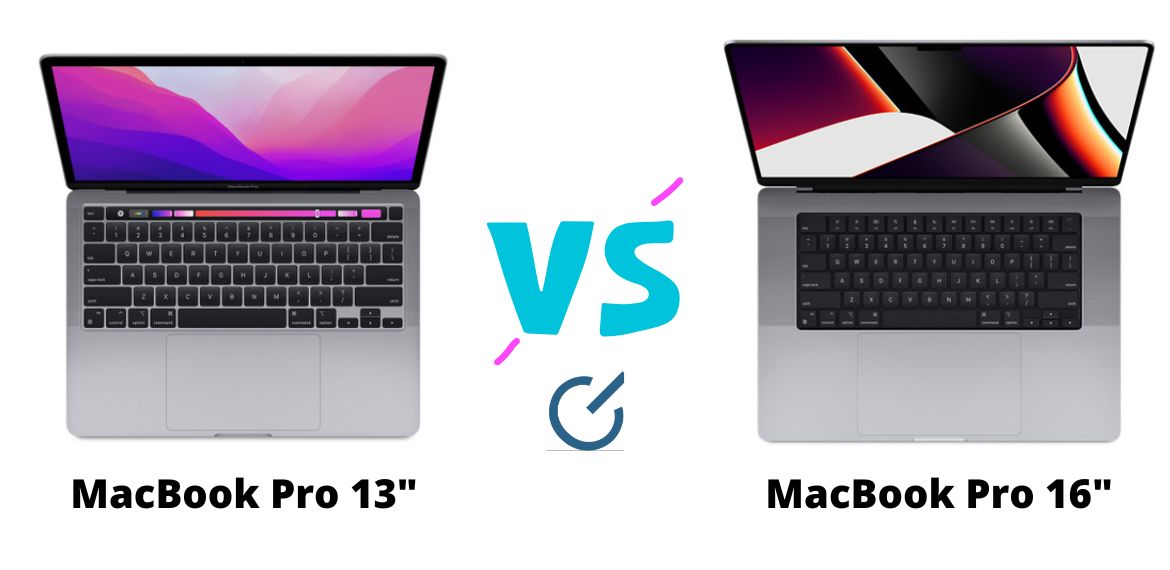


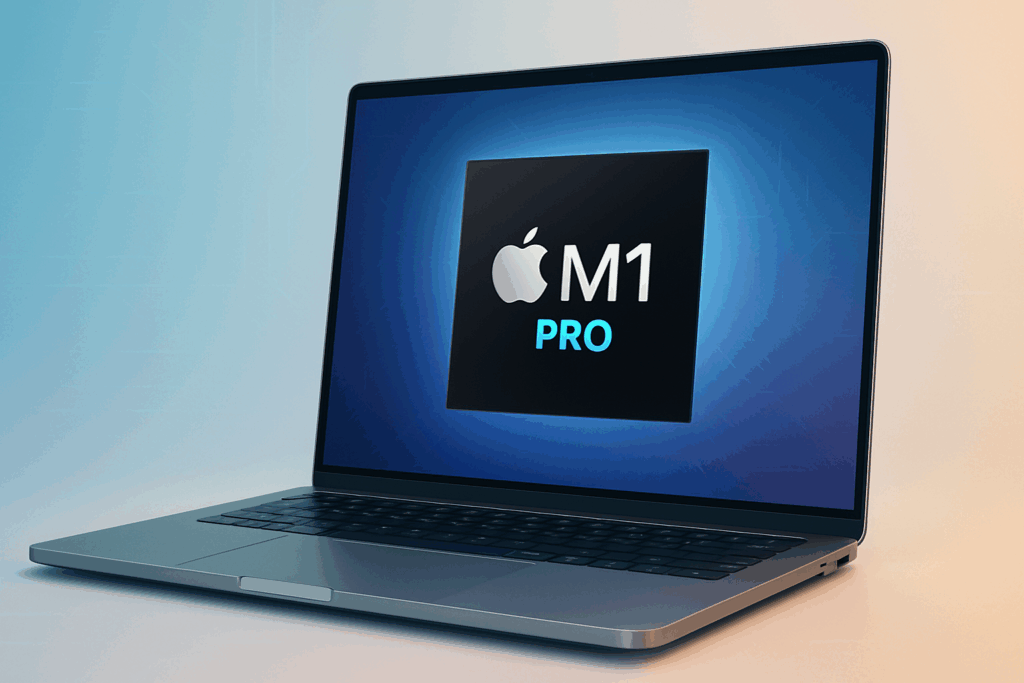



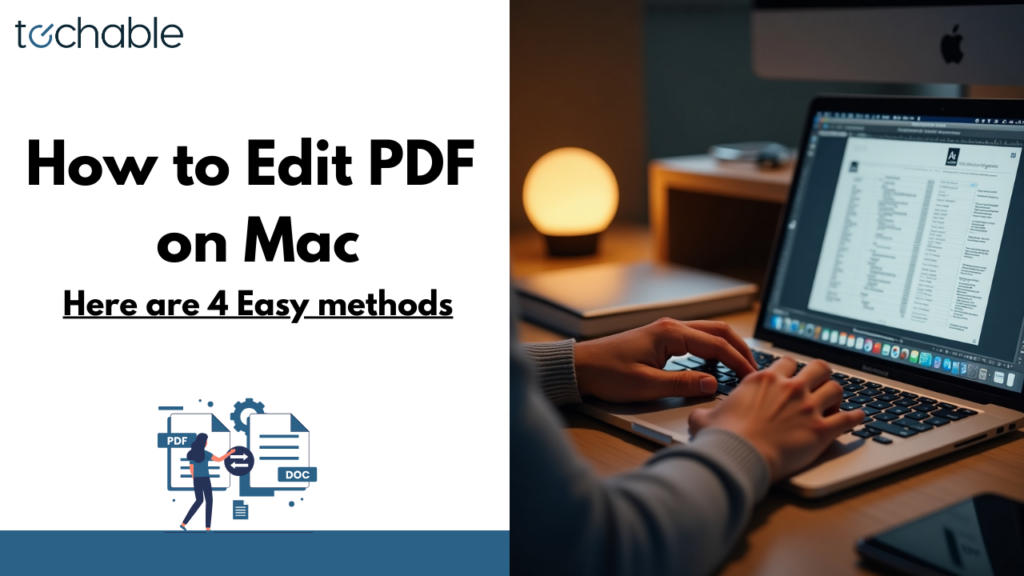

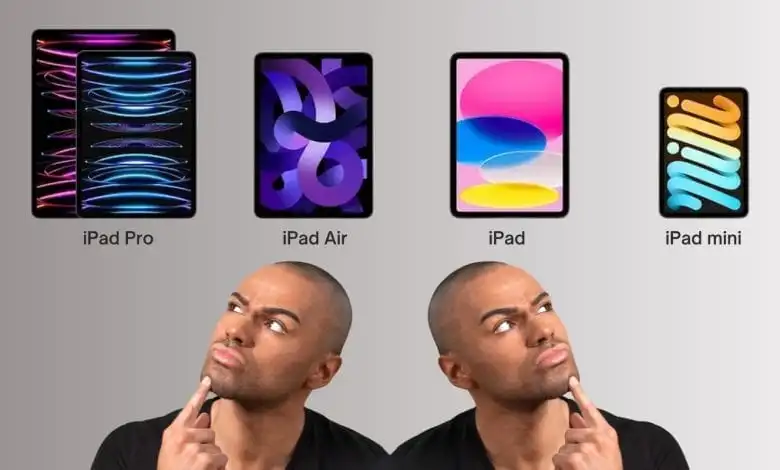
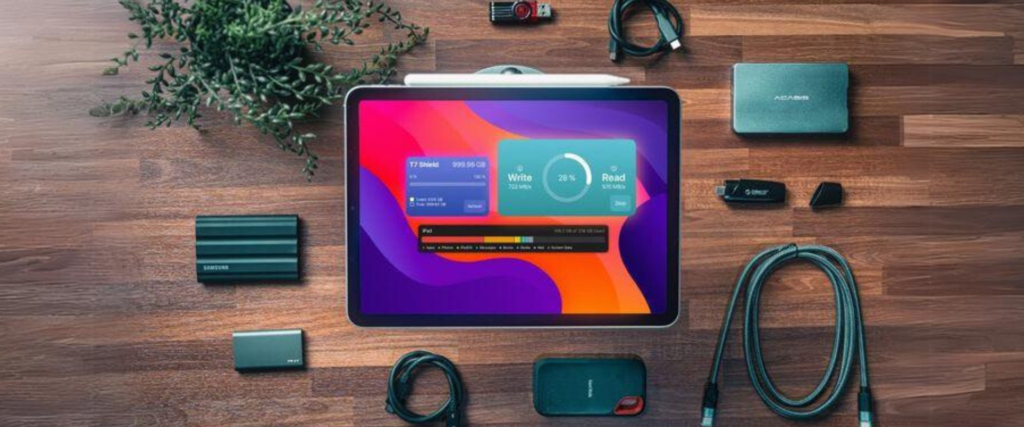

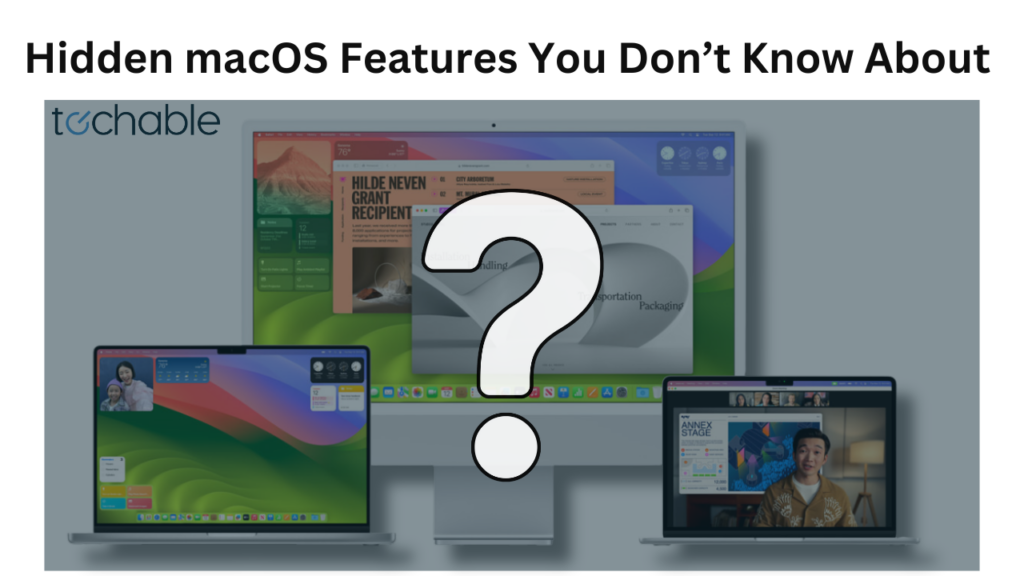
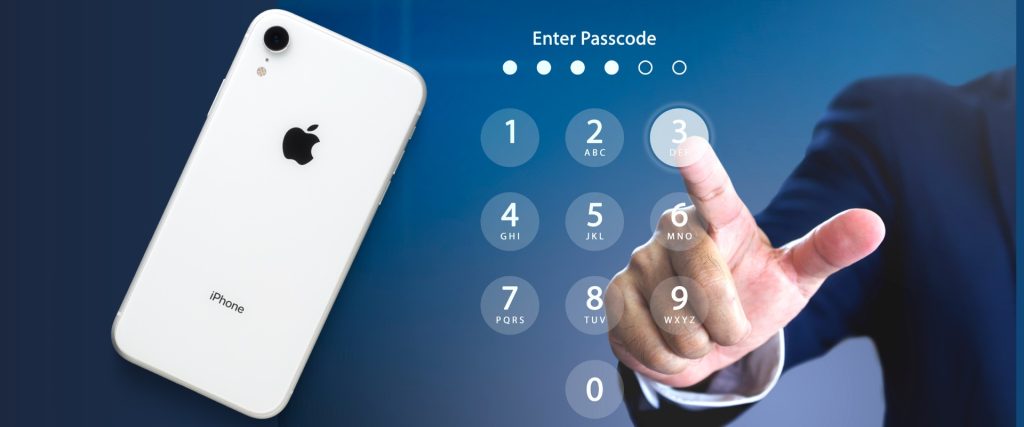
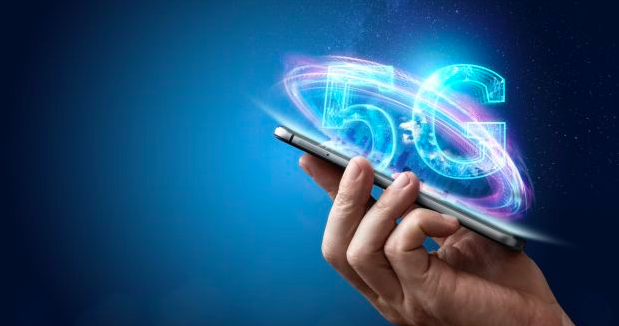
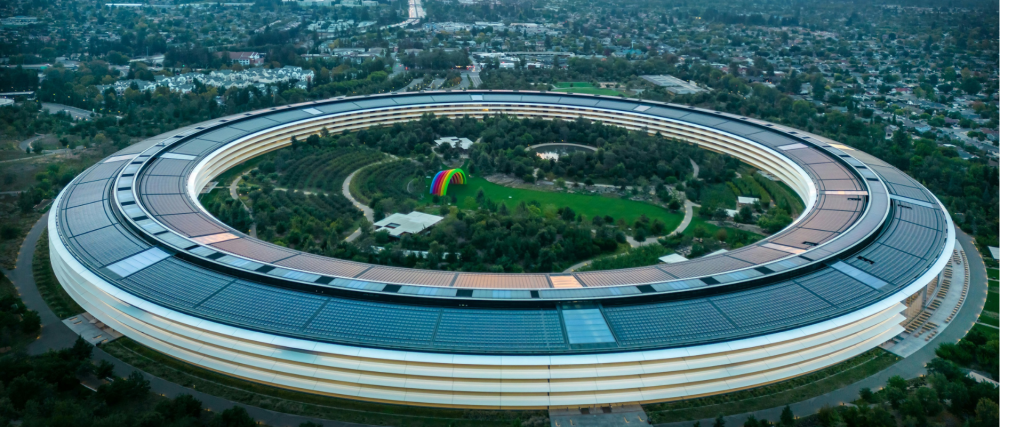
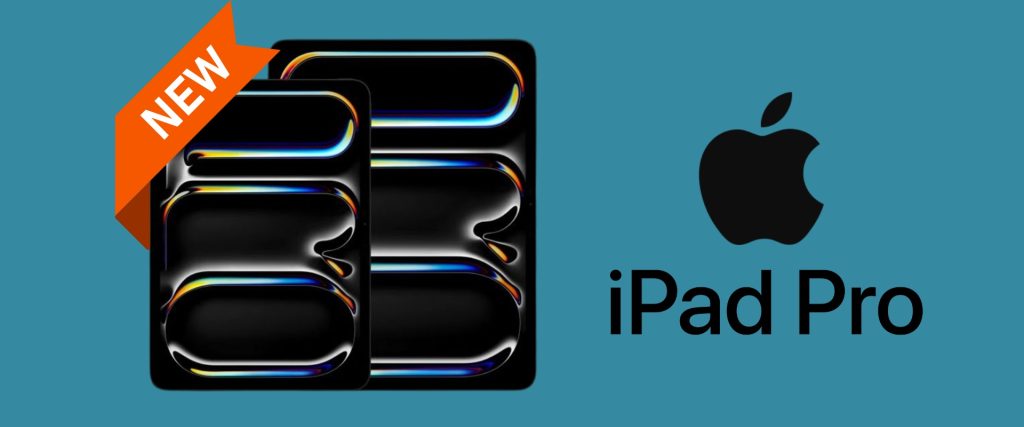
0 Comments